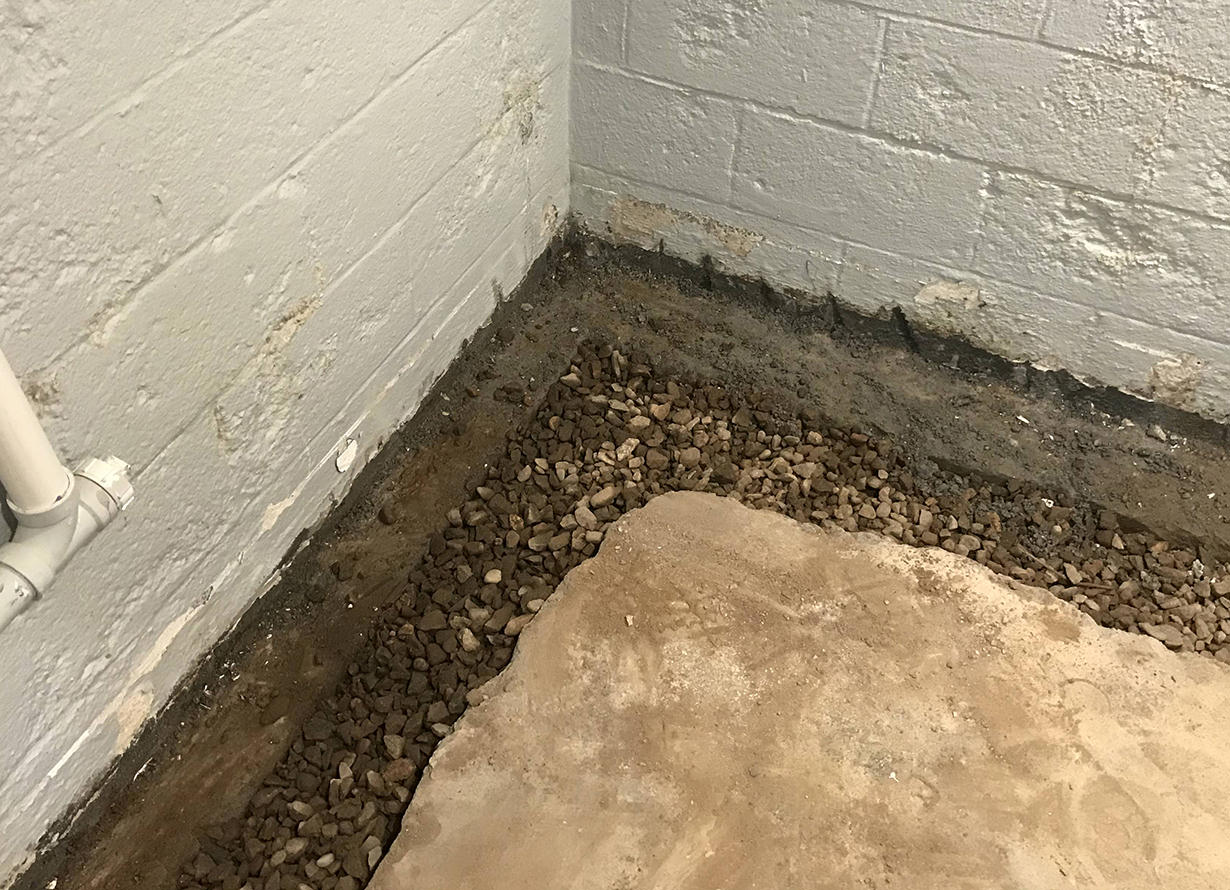

Articles
What Is A French Drain In Basement
Modified: January 18, 2024
Learn all about French drains in basements and how they can help prevent water damage. Read our informative articles to get expert tips and advice.
(Many of the links in this article redirect to a specific reviewed product. Your purchase of these products through affiliate links helps to generate commission for Storables.com, at no extra cost. Learn more)
Introduction
Welcome to the comprehensive guide on French drains in basements. If you are a homeowner, you know how important it is to protect your property from water damage, especially in vulnerable areas like basements. A French drain can be a valuable addition to your basement waterproofing system, effectively managing excess water and preventing flooding.
In this article, we will delve into what exactly a French drain is, its components, the installation process, and the numerous benefits it provides. We will also discuss the maintenance and potential issues that may arise with a French drain. By the end of this guide, you will have a clear understanding of how a French drain can protect your basement and help you maintain a dry and secure living space.
So, let’s kick things off by understanding what a French drain is and how it works.
Key Takeaways:
- Protect your basement from water damage and flooding by installing a French drain, which effectively redirects water away from your foundation, prevents humidity, and safeguards your property’s value.
- Regular maintenance and professional installation are crucial for ensuring the longevity and effectiveness of your French drain system, providing peace of mind and a dry, secure living space.
Read more: How To Install French Drain In Basement
Understanding French Drains
A French drain is a drainage system designed to redirect water away from an area, preventing water accumulation and potential damage. It is particularly effective in basements where water infiltration is common. The concept of a French drain dates back to the 19th century and was named after Henry French, a farmer and judge who popularized the technique.
The main function of a French drain is to control the flow of water by creating a path of least resistance. It consists of a trench filled with gravel or rock and a perforated pipe, which efficiently collects and redirects water away from the foundation of your home. The drain allows water to seep through the soil and into the perforated pipe. From there, it is diverted away, preventing water from entering the basement.
French drains are usually installed around the perimeter of the basement, beneath the foundation level. This strategic placement ensures that any water entering the basement will be quickly captured and directed away. They can also be installed inside the basement, specifically if there are areas prone to water accumulation, such as near sump pumps or seepage points. In these cases, the French drain serves to alleviate water pressure and prevent potential damage.
Now that we have a better understanding of the purpose and functionality of a French drain, let’s take a closer look at the components that make up this essential drainage system.
Components of a French Drain
A French drain consists of several key components that work together to efficiently manage water flow and protect your basement from moisture-related issues. Understanding each component will help you grasp the importance of their role in the overall system.
- Trench: The trench is the main structure of a French drain. It is typically dug around the perimeter of the basement or at specific problem areas inside the basement. The size and depth of the trench depend on factors such as the amount of water expected and the specific requirements of the property.
- Gravel or Rock: The trench is filled with gravel or rock, which serves as a medium for water collection and filtration. The choice of gravel or rock depends on the soil type and the specific needs of the drainage system. This layer helps to create a path of least resistance for water to flow towards the drain.
- Perforated Pipe: The perforated pipe is the heart of the French drain. It is placed on top of the gravel or rock layer, allowing water to enter through the small holes. The pipe collects the water and transports it away from the basement. It is important to use a perforated pipe specifically designed for drainage purposes to ensure optimal efficiency.
- Outlet: The outlet is the endpoint of the French drain system, where the collected water is discharged. It can be connected to a drainage ditch, a storm sewer, or a designated area away from your property. The outlet should be carefully planned to ensure proper water diversion and prevent any potential issues.
- Geotextile Fabric: Geotextile fabric is a permeable material that is placed between the soil and the gravel or rock layer. It acts as a filter, preventing soil particles from clogging the perforated pipe and ensuring the longevity and effectiveness of the French drain system.
By utilizing these components in the construction of your French drain, you can effectively manage water flow and protect your basement from water damage and potential flooding. Now that we understand the key components involved, let’s dive into the installation process for a French drain in your basement.
Installation Process
The installation process of a French drain in your basement requires careful planning and precise execution. It is recommended to hire a professional contractor who has experience in basement waterproofing to ensure the best results. Below are the general steps involved in installing a French drain:
- Assessment and Planning: Start by assessing the layout and specific needs of your basement. Identify areas prone to water accumulation and determine the most effective placement for the French drain. Consider factors such as the slope of the land, the depth of the basement, and any existing plumbing or utilities in the area.
- Trench Excavation: Once the planning is complete, the next step is to dig the trench. The trench should be deep enough to accommodate the gravel or rock layer and the perforated pipe. It is essential to maintain a downward slope or gradient to ensure proper water flow towards the outlet.
- Gravel or Rock Placement: After the trench is excavated, place a layer of gravel or rock at the bottom. This layer will act as a collection medium and facilitate water filtration. The size and type of gravel or rock depend on the specific requirements of your drainage system.
- Perforated Pipe Installation: Lay the perforated pipe on top of the gravel or rock layer, positioning it in the center of the trench. Ensure that the perforations are facing downwards to allow water to flow into the pipe. Connect the sections of the pipe securely, using appropriate connectors.
- Backfill and Compaction: Carefully backfill the trench with additional gravel or rock, ensuring that the perforated pipe is fully covered. Compact the backfill material to create a stable and solid foundation for the French drain system. This step helps maintain the proper slope and prevents settling or shifting of the drain.
- Geotextile Fabric Installation: Place the geotextile fabric on top of the backfilled gravel or rock layer. The fabric should cover the entire trench, extending beyond the edges. This will prevent soil particles from entering the drain and clogging the perforated pipe, ensuring the longevity and efficiency of the drainage system.
- Final Steps: Complete the installation by covering the geotextile fabric with soil or sod to restore the landscaping. Test the system by pouring water into the trench and observe proper water flow towards the outlet. Make any necessary adjustments or corrections to ensure optimal performance.
It is important to remember that the installation process may vary depending on the specific conditions of your basement and the recommendations of your chosen contractor. A professional will be able to provide you with a tailored solution and ensure that the French drain is installed correctly and to the highest standards.
Now that you understand the installation process, let’s move on to explore the benefits of having a French drain in your basement.
Make sure to properly slope the French drain to ensure proper water flow towards the sump pump or drainage outlet. This will prevent water from pooling in your basement.
Benefits of a French Drain in the Basement
A French drain in the basement offers several key benefits that can help protect your property and provide peace of mind. Let’s explore some of the advantages of installing a French drain:
- Prevents Water Damage: One of the primary benefits of a French drain is its ability to prevent water damage in your basement. By redirecting water away from the foundation, it helps to keep your basement dry and free from moisture-related problems such as mold, mildew, and structural damage.
- Reduces Hydrostatic Pressure: Hydrostatic pressure occurs when water builds up around the foundation and exerts force against the walls and floor of your basement. A French drain helps to alleviate this pressure by efficiently managing water flow and preventing it from seeping into the basement, leading to potential cracks or structural issues.
- Safeguards Basement Finishing: If you have a finished basement or plan to finish your basement in the future, a French drain is an excellent investment. It ensures that your investment in the basement remodeling project is protected by preventing water damage and maintaining a dry and comfortable living space.
- Reduces Basement Humidity: Excess moisture in the basement can lead to increased humidity levels, which can be detrimental to your health and the condition of your belongings. A French drain helps to keep the basement dry, reducing humidity levels and creating a healthier environment for you and your family.
- Increases Property Value: A properly installed French drain system adds value to your property. Potential homebuyers appreciate the peace of mind that comes with knowing the basement is protected against water damage. It can be a significant selling point if you ever decide to put your home on the market.
- Prevents Foundation Problems: Water accumulation around the foundation can lead to various foundation issues, such as cracks, shifting, and settling. By effectively managing water flow, a French drain helps to prevent these problems, preserving the integrity and stability of your home’s foundation.
- Cuts Down on Maintenance Costs: Continuous exposure to water can result in costly repairs and ongoing maintenance. By installing a French drain, you can significantly reduce the need for maintenance and repair work associated with water damage in the basement, saving you both time and money in the long run.
With these compelling benefits in mind, it’s evident that a French drain can be a valuable addition to your basement waterproofing system. However, it is essential to understand the maintenance and upkeep required to maximize the performance and longevity of your French drain, which we will explore next.
Maintenance and Upkeep
To ensure that your French drain in the basement remains effective and functions optimally, regular maintenance is necessary. Proper maintenance helps extend the lifespan of the system and prevents potential issues. Here are some key maintenance practices to follow:
- Regular Inspections: Periodically inspect the French drain system for any signs of clogs, blockages, or damage. Check the perforated pipe for obstructions and ensure that the outlet is clear and free-flowing. Look for any pooling water or dampness around the basement walls, as this may indicate potential issues.
- Clear Debris: Remove any debris, leaves, or other objects that have accumulated on top of the geotextile fabric. This will prevent blockages and ensure that water can freely enter the drain.
- Prevent Soil Build-up: Over time, soil may settle and build up in the trench. This can impede water flow and reduce the efficiency of the French drain. Regularly check the trench and remove any excess soil that has accumulated.
- Check and Clean Gutters: Proper gutter maintenance is vital for the overall performance of your French drain system. Make sure gutters and downspouts are clear of debris and functioning properly, directing water away from the foundation and towards the French drain.
- Monitor Basement Moisture: Keep an eye on the moisture levels in your basement. If you notice an increase in humidity or signs of water infiltration, investigate the French drain system to identify any potential issues. Addressing them early can prevent further damage.
- Professional Inspection: Every few years, it is advisable to have a professional inspect your French drain system. They can assess its condition, address any potential problems, and provide guidance on any necessary repairs or improvements.
By following these maintenance practices, you can ensure that your French drain operates effectively and avoids any major issues. Regular upkeep will help maintain a dry and secure basement environment and provide the peace of mind that comes with knowing your property is protected from water damage.
However, despite proper maintenance, there may be instances where troubleshooting is required. Let’s discuss some potential issues that may arise with a French drain in the basement and how to address them.
Potential Issues and Troubleshooting
While a properly installed and maintained French drain system is highly effective, there are potential issues that may arise over time. Being aware of these issues and knowing how to troubleshoot them can help you address problems promptly. Here are some common issues associated with French drains in basements and possible solutions:
- Clogging: Over time, debris, silt, or roots may clog the perforated pipe or geotextile fabric. If you notice reduced water flow or pooling water, it may indicate a clog. To resolve this issue, you can attempt to flush the drain with a hose or use a drain snake to remove any blockages. If the clog persists, it’s best to consult a professional for further assistance.
- Leaks or Cracks: The integrity of the perforated pipe or connections may deteriorate, leading to leaks or cracks. Inspect the pipe and connections for any signs of damage. If you notice leaks, you may need to replace the damaged section or repair the connections. Seek professional help for extensive repairs.
- Improper Slope: If the slope of the French drain is incorrect or has settled over time, it may result in water pooling or not draining properly. Rectify this issue by adjusting the slope or adding additional gravel or rock to ensure proper water flow towards the outlet.
- Inadequate Outlet: If the outlet of the French drain is not properly positioned or unable to handle the water volume, it can lead to ineffective drainage. Ensure the outlet is clear and able to handle the anticipated water flow. If necessary, consult a professional for guidance on improving the drainage capacity.
- Insufficient Maintenance: Neglecting regular maintenance and inspections can lead to various issues with the French drain system. To prevent problems, follow the recommended maintenance practices mentioned earlier in this guide. Stay vigilant and address any potential issues promptly to maintain the functionality of the drain.
In case you encounter any significant issues or require extensive repairs, it is advisable to consult a professional basement waterproofing contractor. They have the expertise and experience to assess the situation accurately and provide the most suitable solutions.
Now that we have covered the potential issues and troubleshooting methods, let’s wrap up the article.
Conclusion
A French drain in the basement is an essential component of a comprehensive waterproofing system, helping to protect your property from water damage, prevent basement flooding, and maintain a dry living space. Understanding the fundamentals of a French drain, including its components, installation process, and maintenance requirements, allows you to make informed decisions about protecting your basement.
By effectively managing water flow and redirecting it away from the foundation, a French drain can prevent issues such as mold, mildew, foundation damage, and costly repairs. Furthermore, it adds value to your property and provides peace of mind knowing that your basement is protected against water infiltration.
Remember to conduct regular inspections and maintenance, keeping the drain clear of debris and addressing any potential issues promptly. It’s crucial to consult a professional contractor for installation and significant repairs to ensure the French drain system’s effectiveness and longevity.
We hope this comprehensive guide has provided you with valuable insights into French drains in basements, their benefits, installation process, and maintenance. By implementing a well-designed French drain system, you can safeguard your basement and enjoy a dry and secure living space for years to come.
Now it’s time to take action and protect your basement with a reliable French drain system!
Frequently Asked Questions about What Is A French Drain In Basement
Was this page helpful?
At Storables.com, we guarantee accurate and reliable information. Our content, validated by Expert Board Contributors, is crafted following stringent Editorial Policies. We're committed to providing you with well-researched, expert-backed insights for all your informational needs.
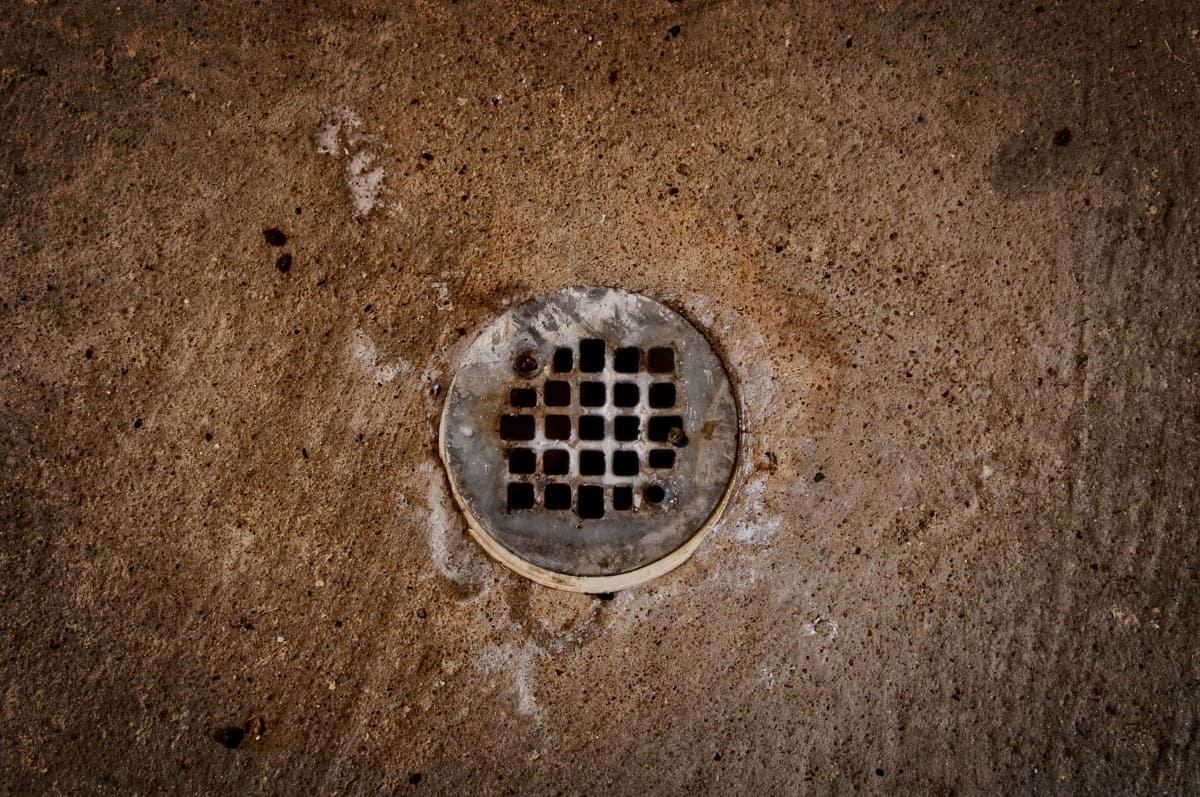
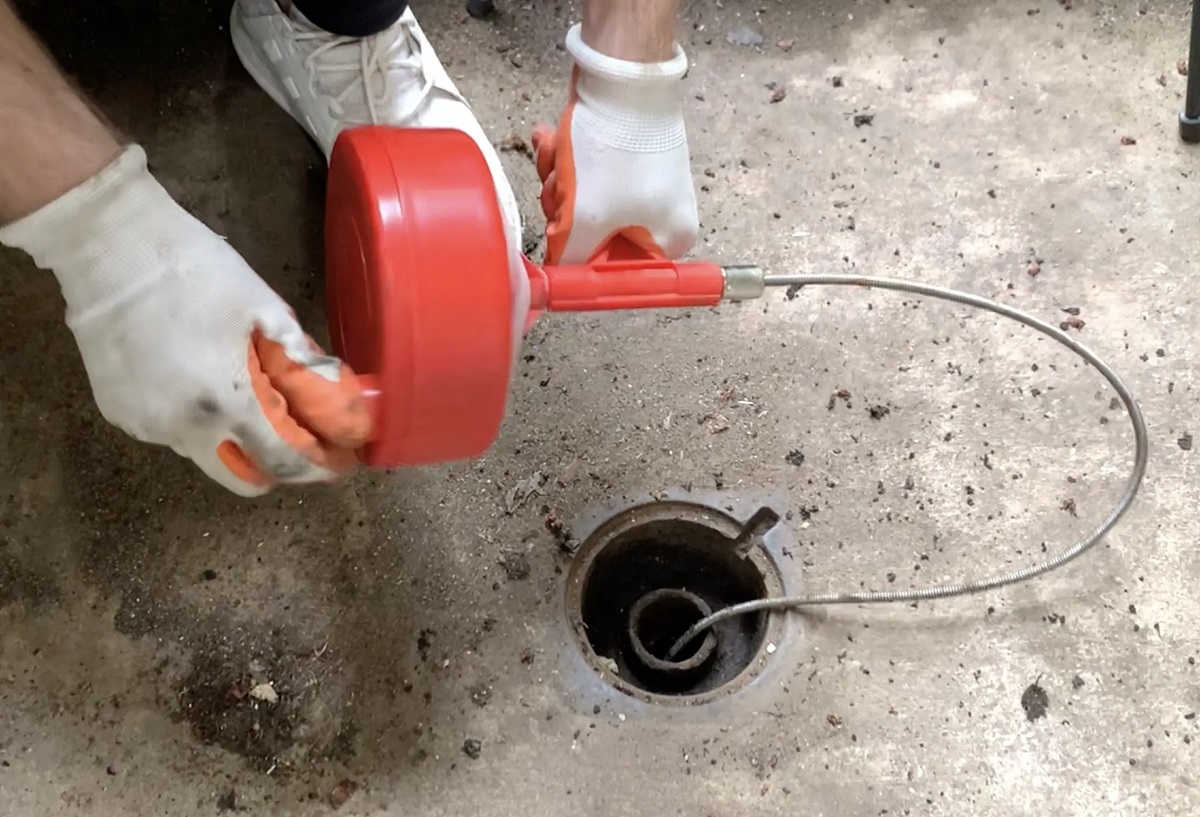
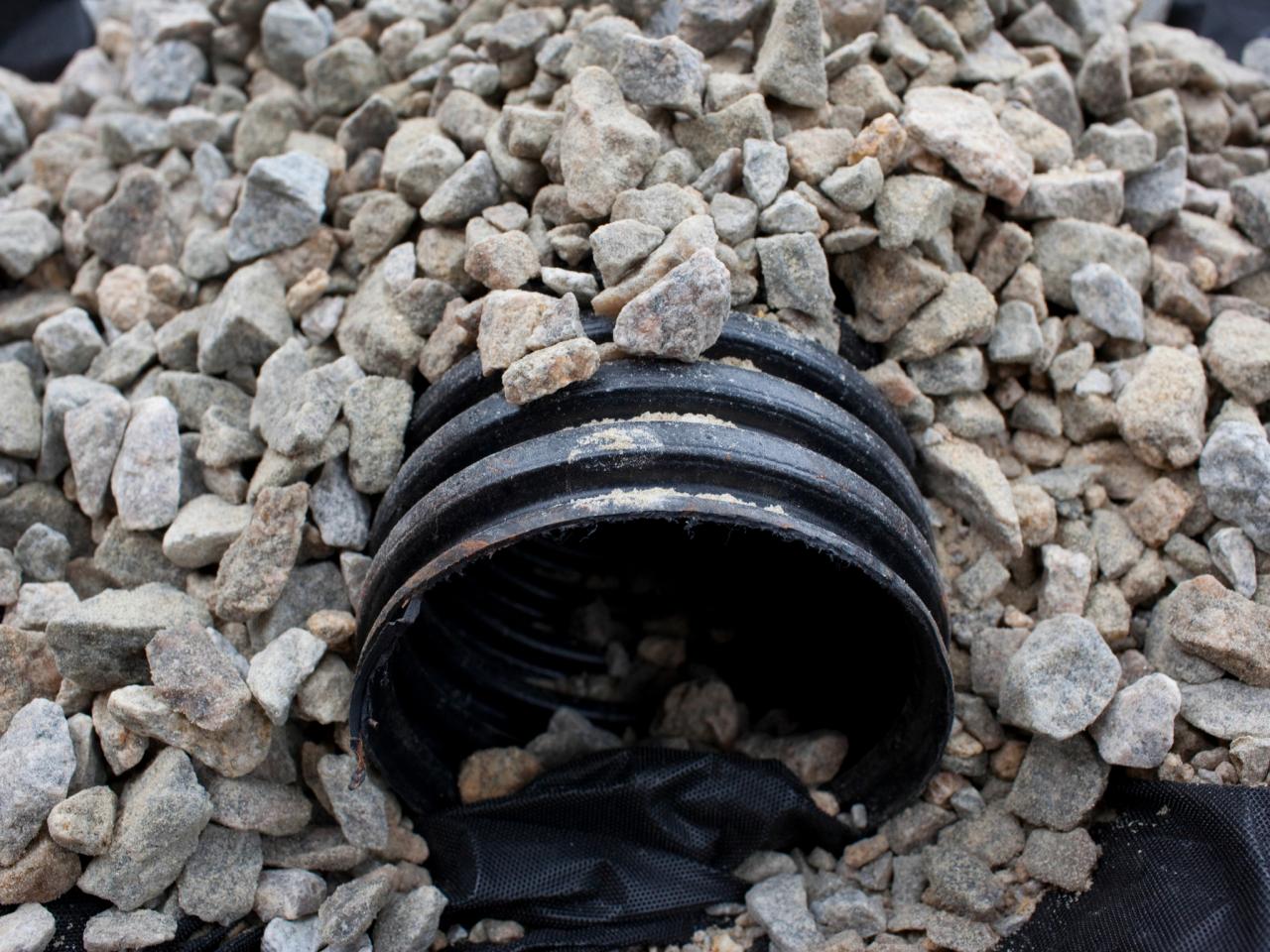
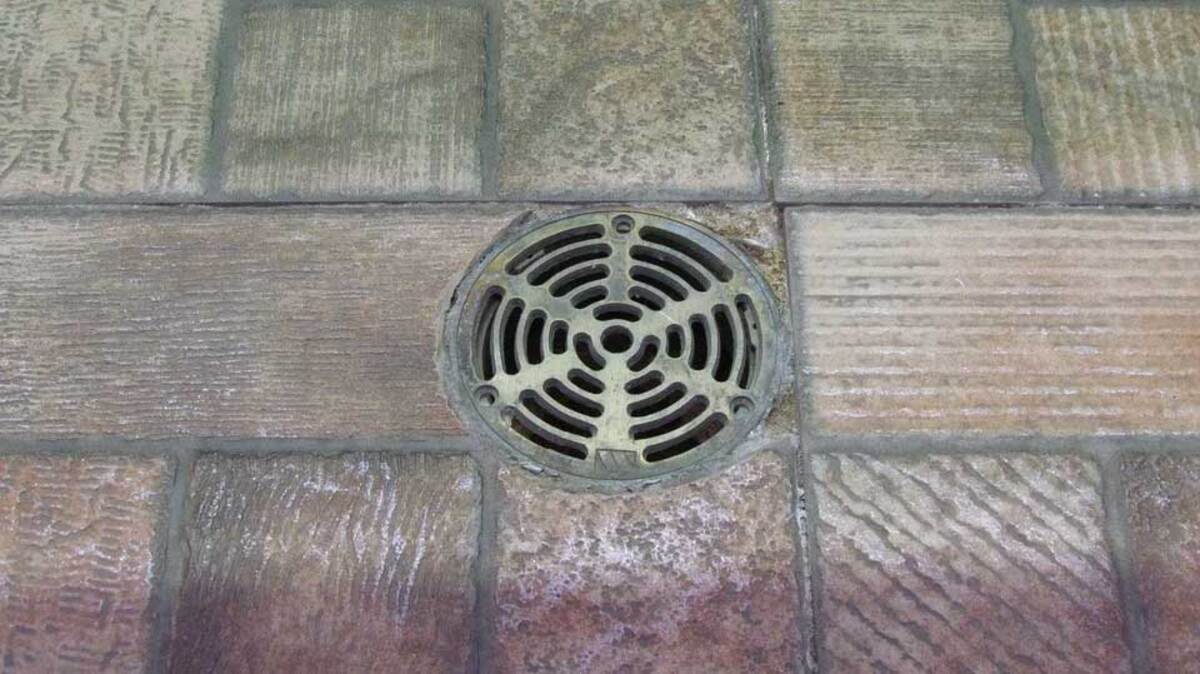
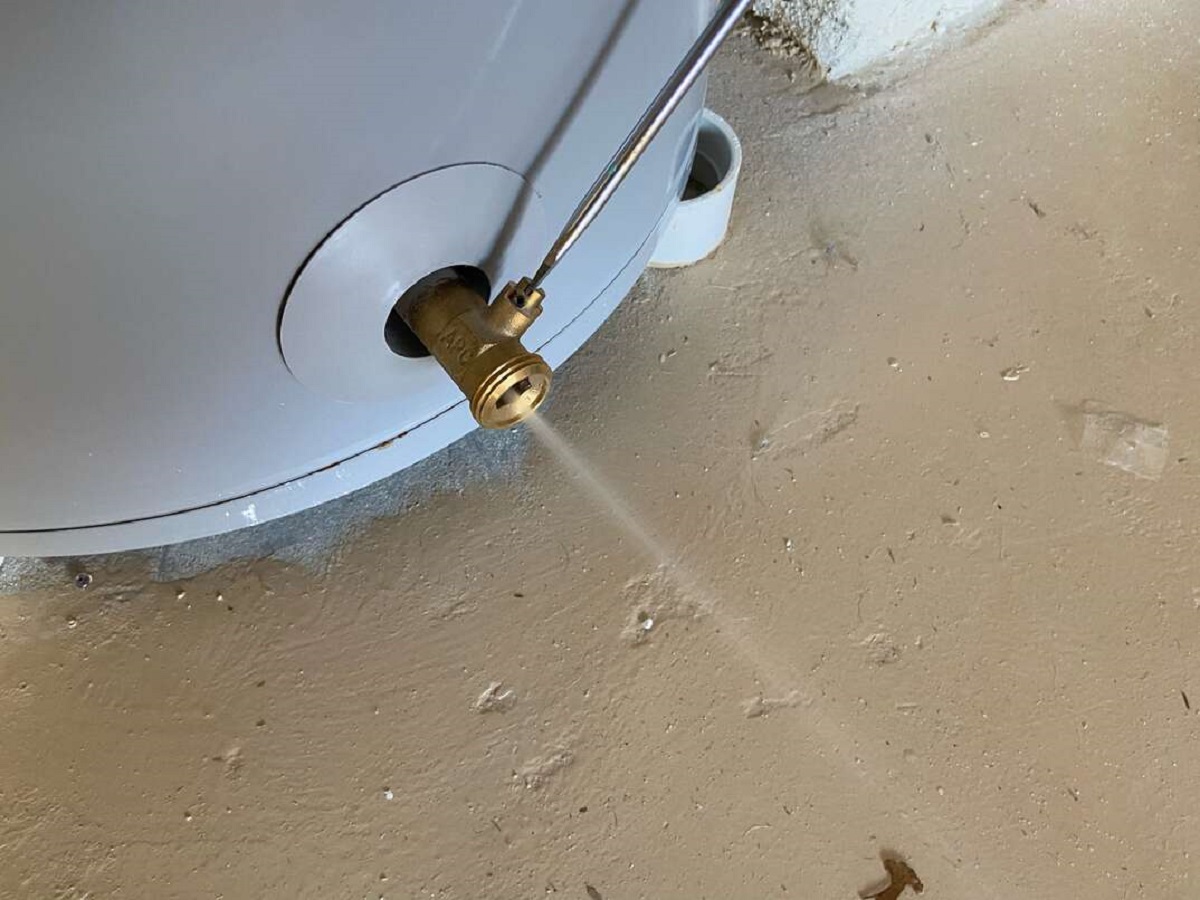
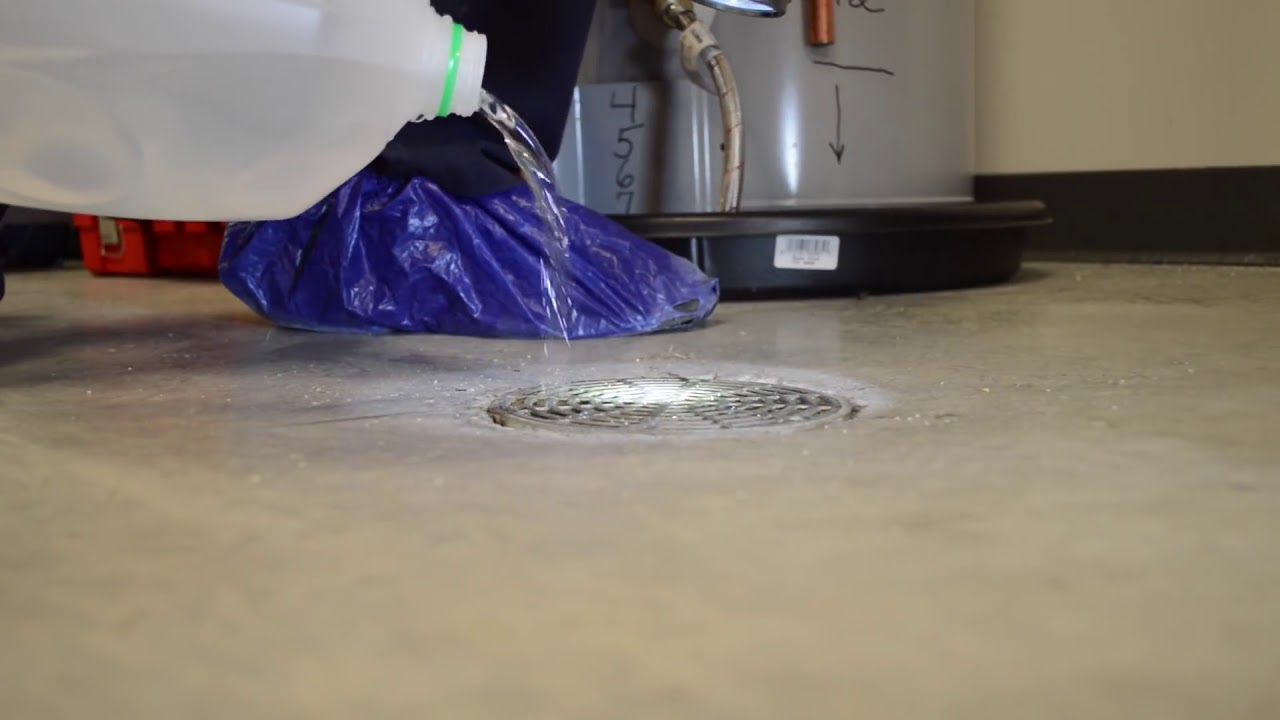
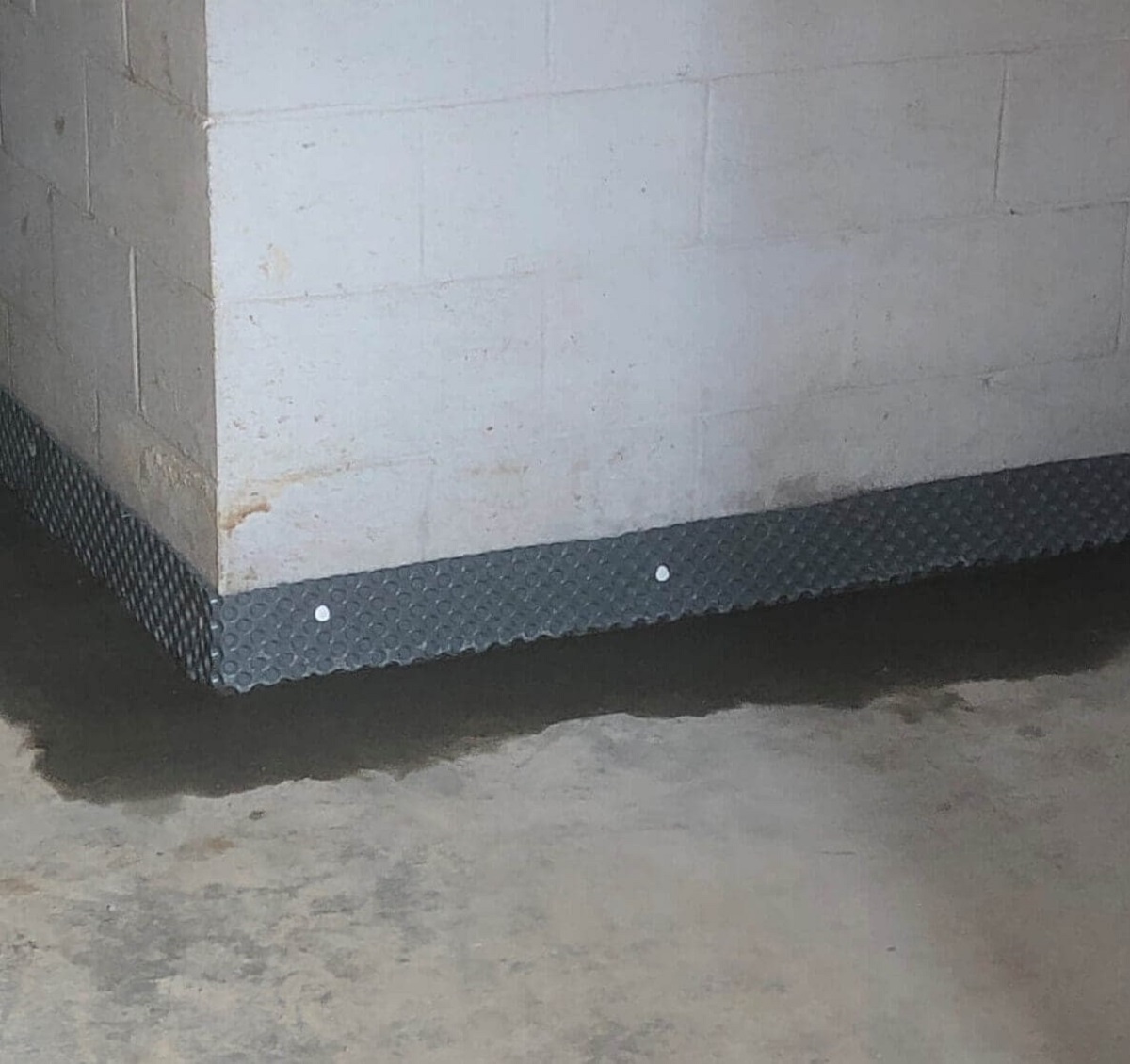
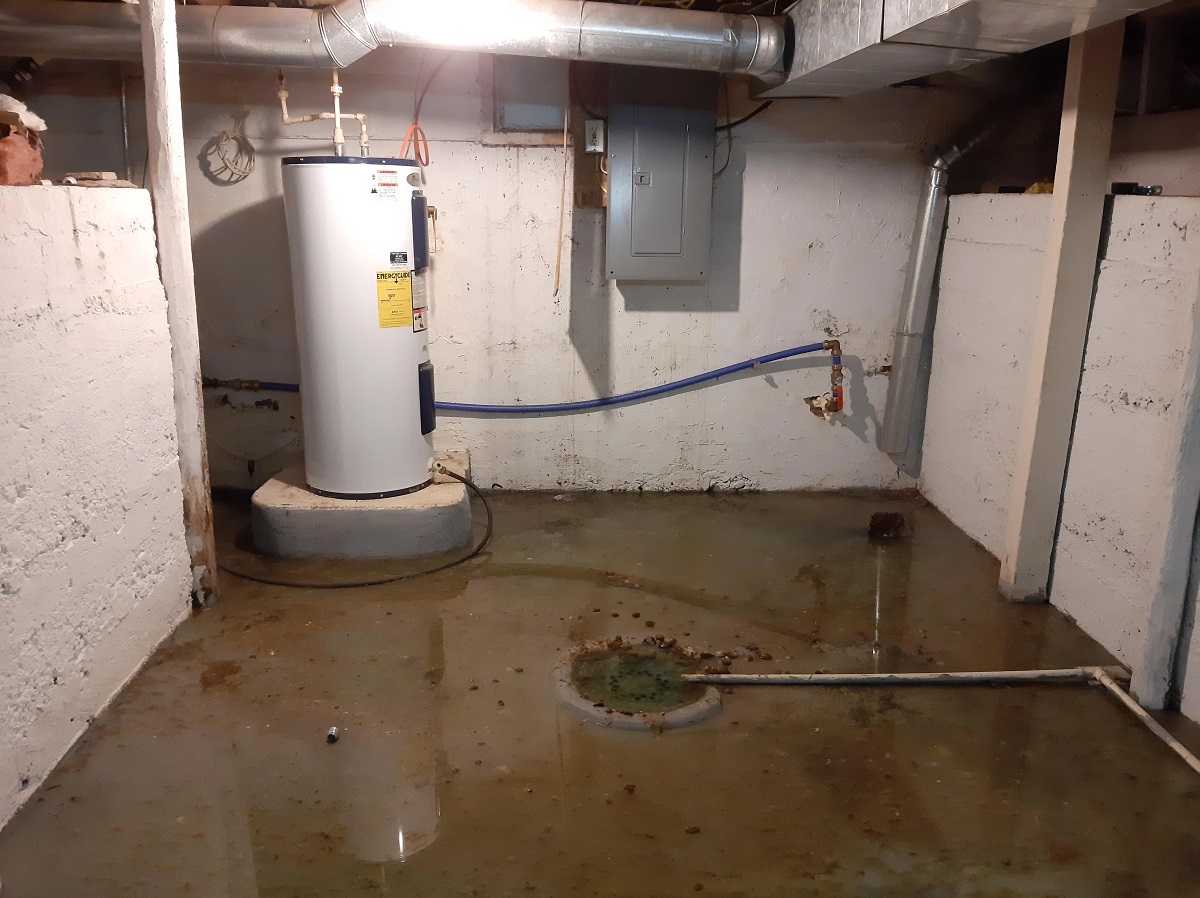
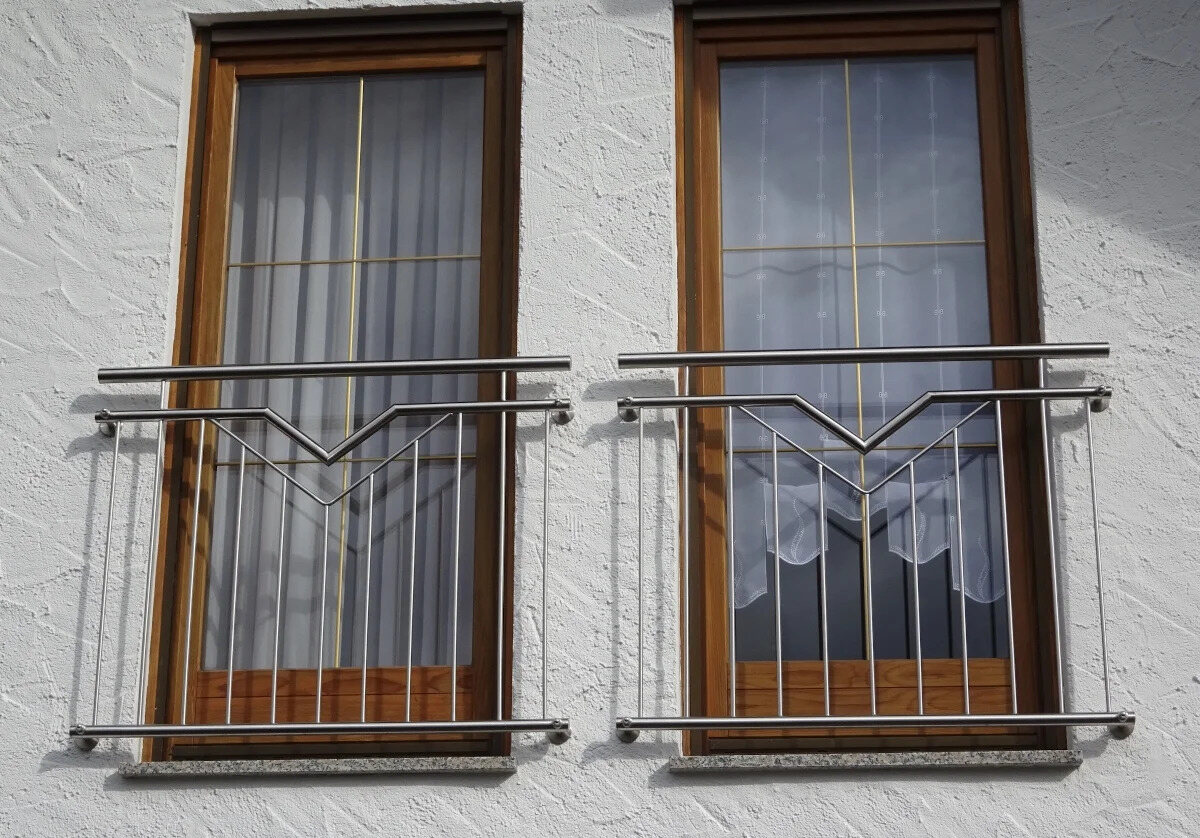
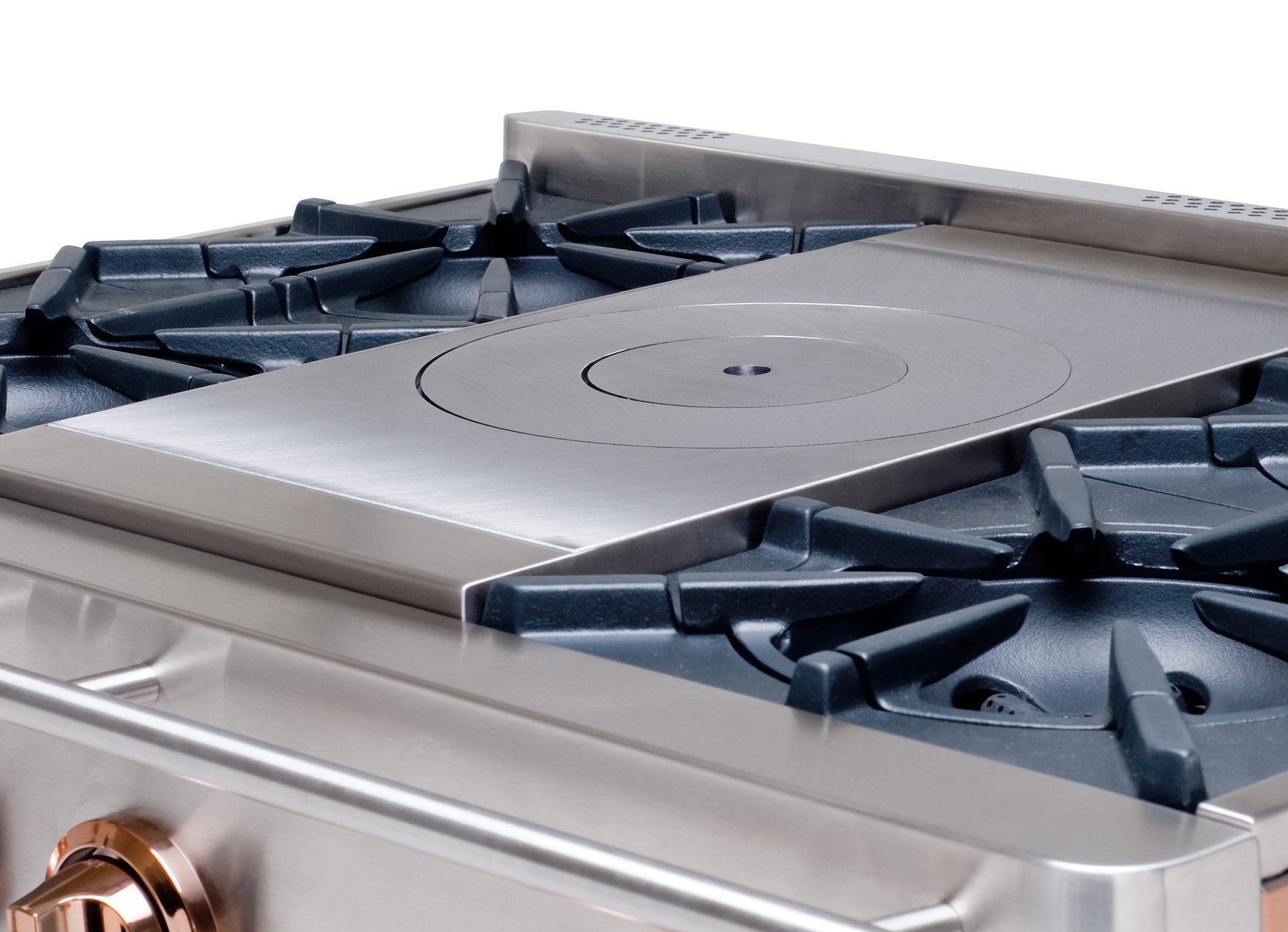
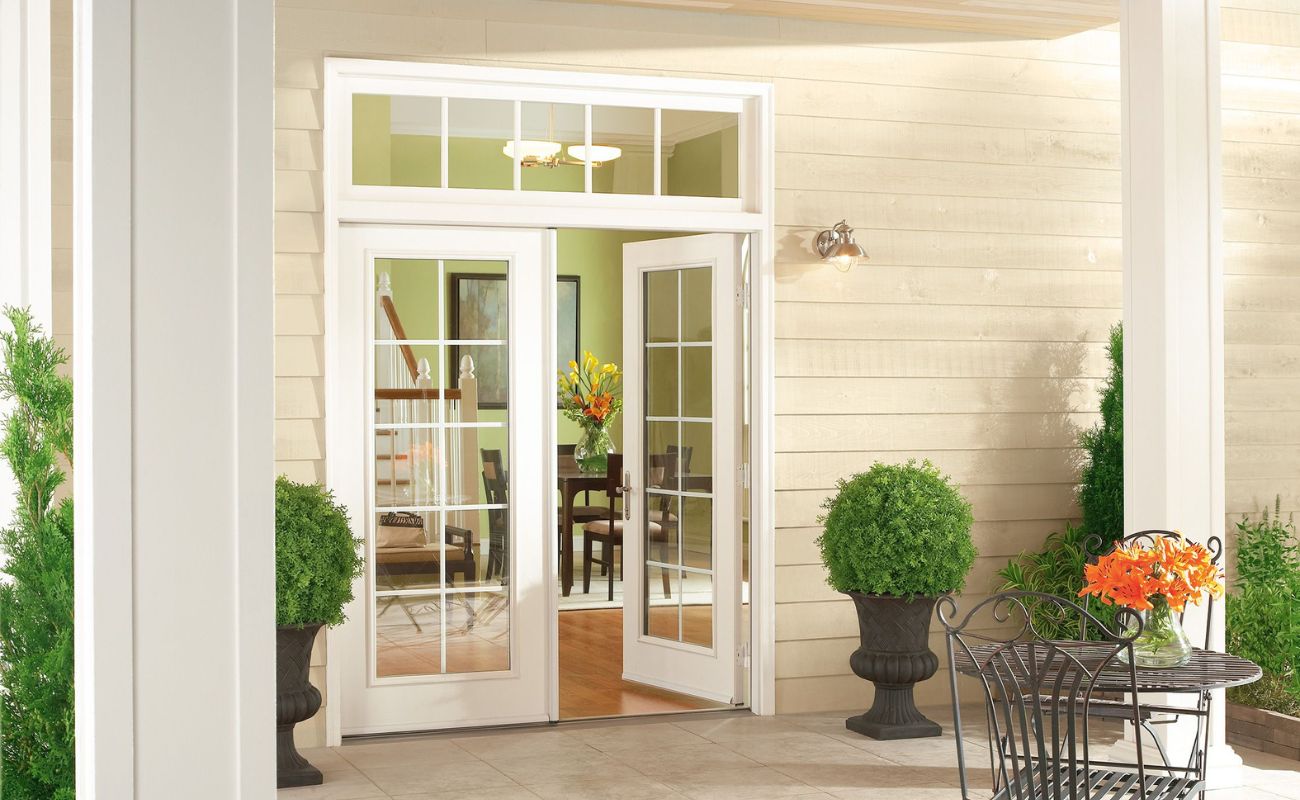

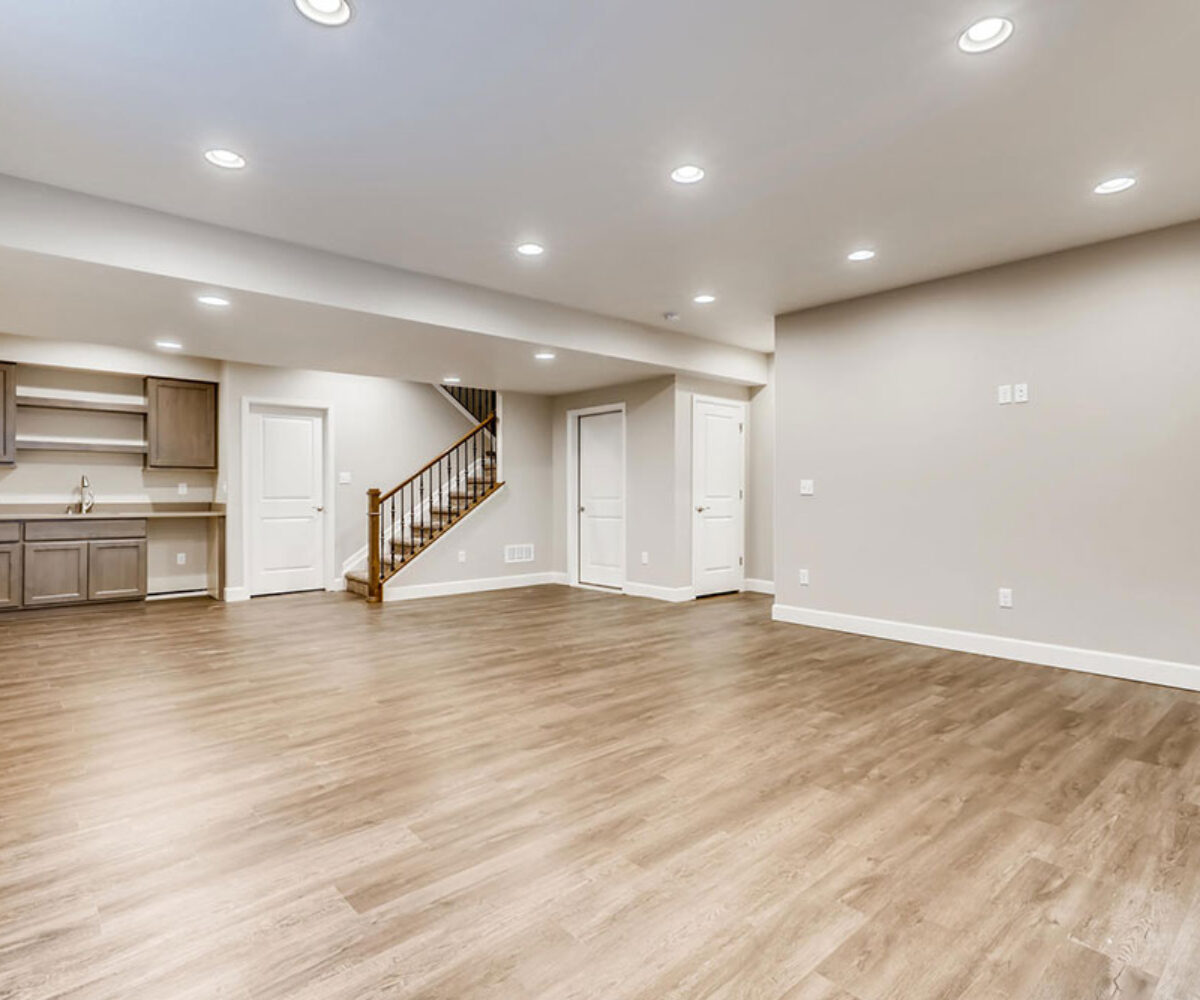


0 thoughts on “What Is A French Drain In Basement”